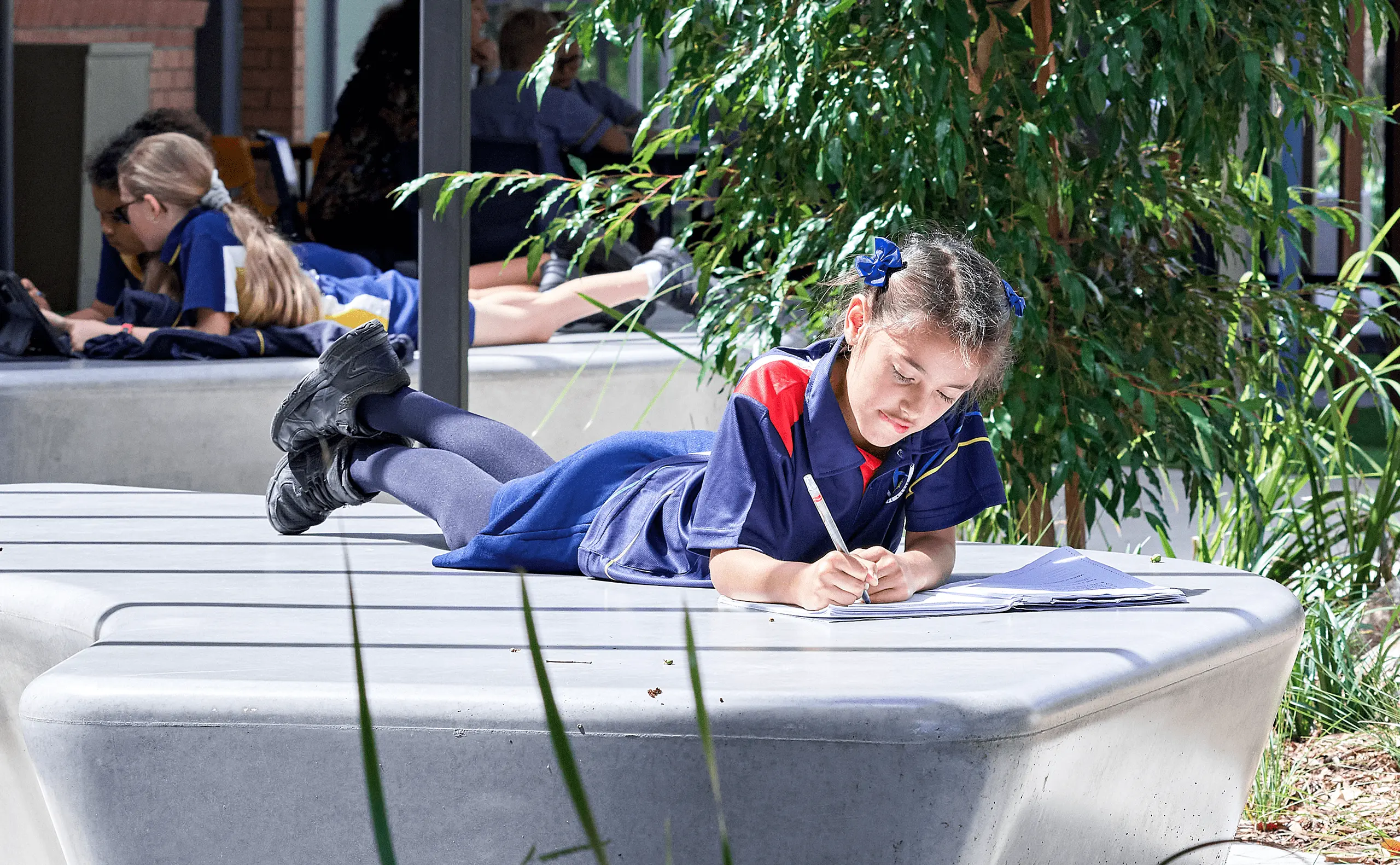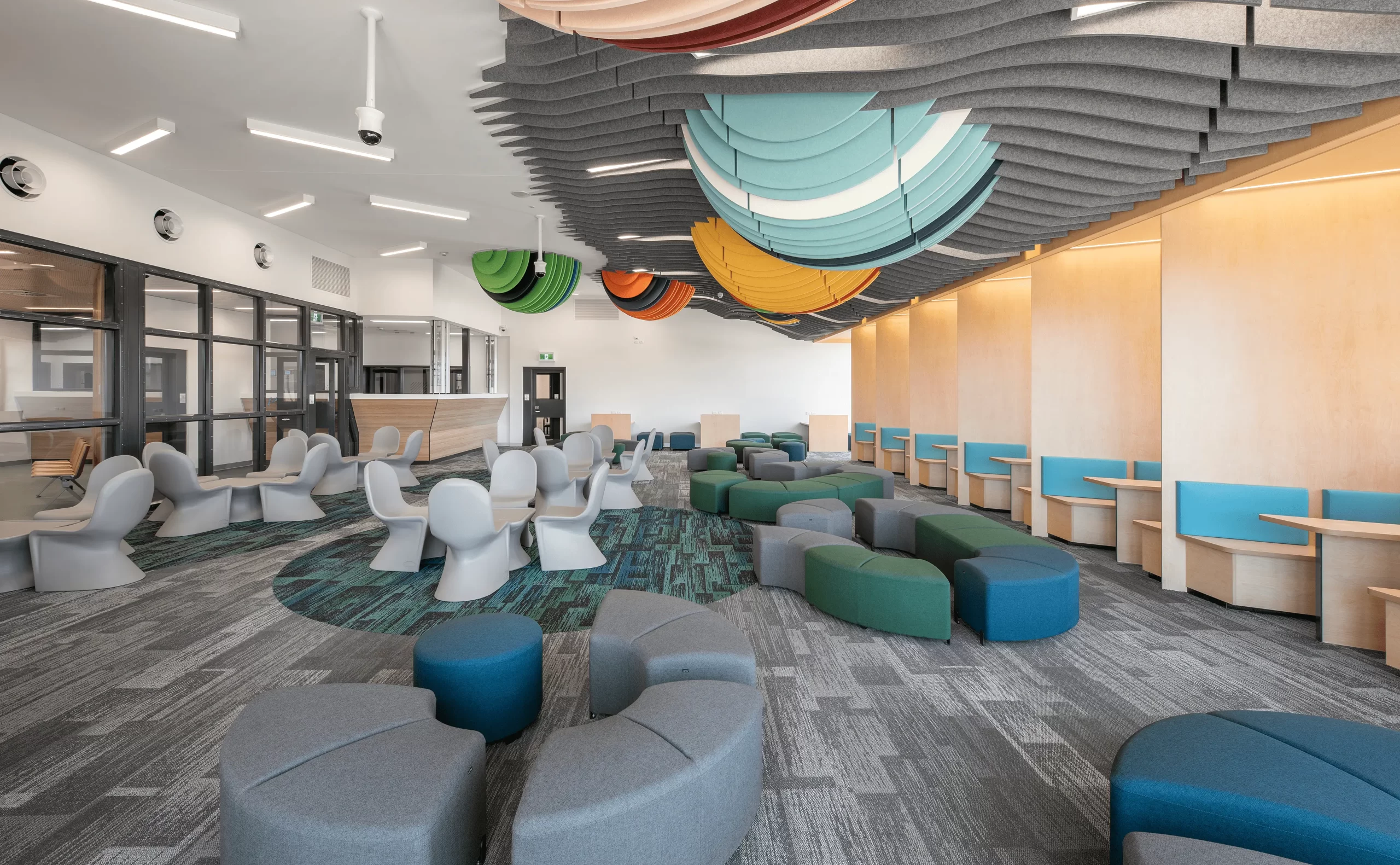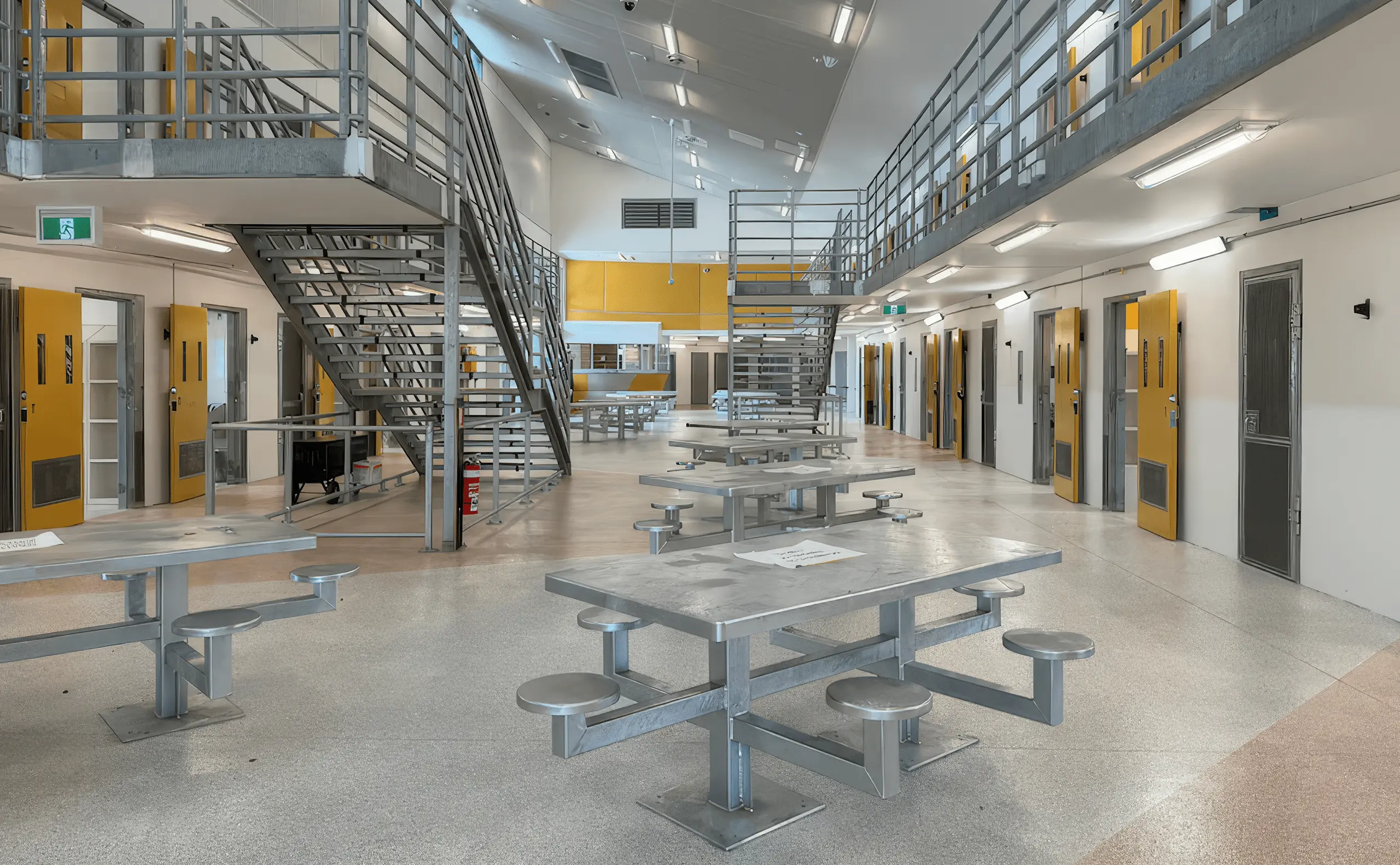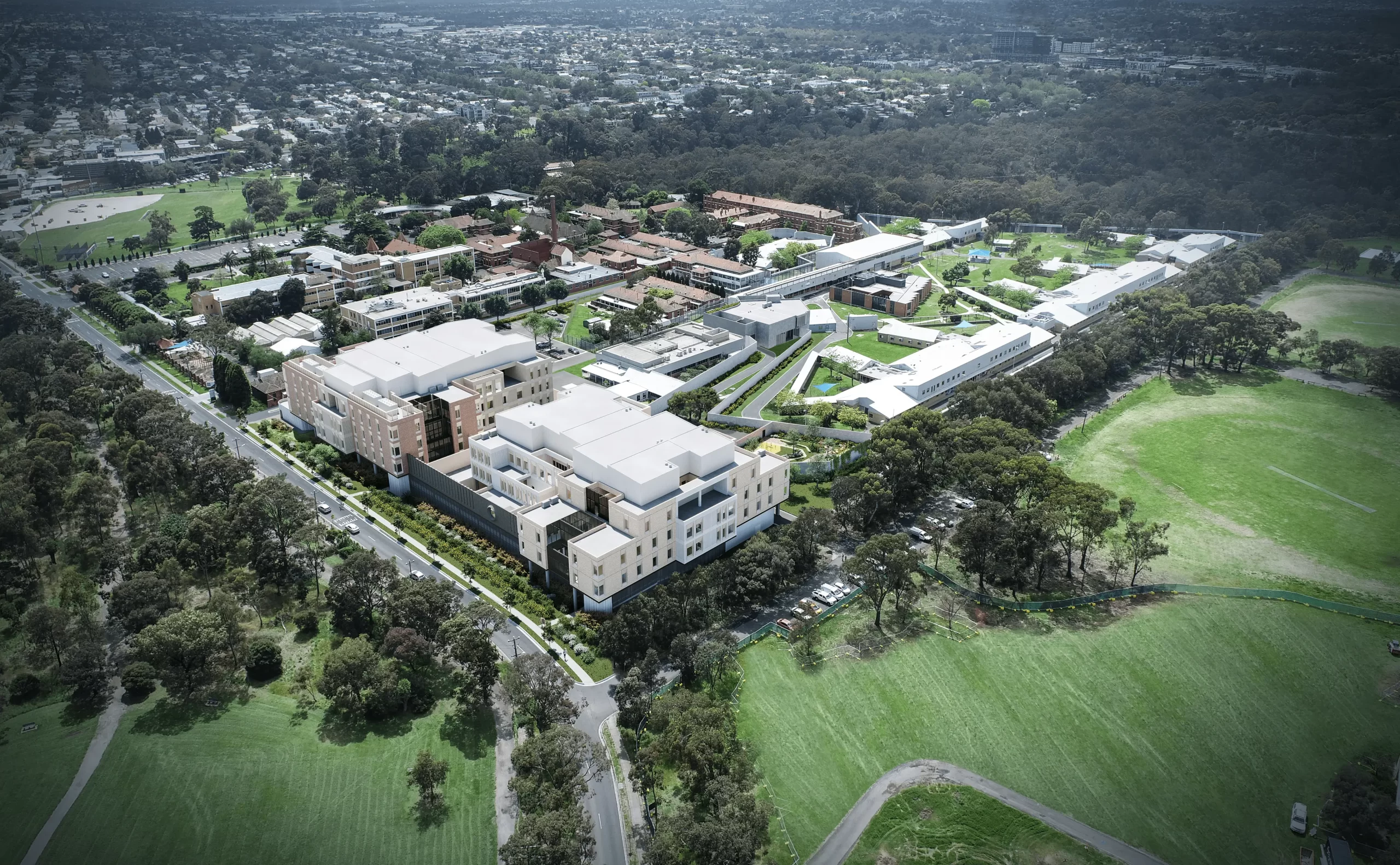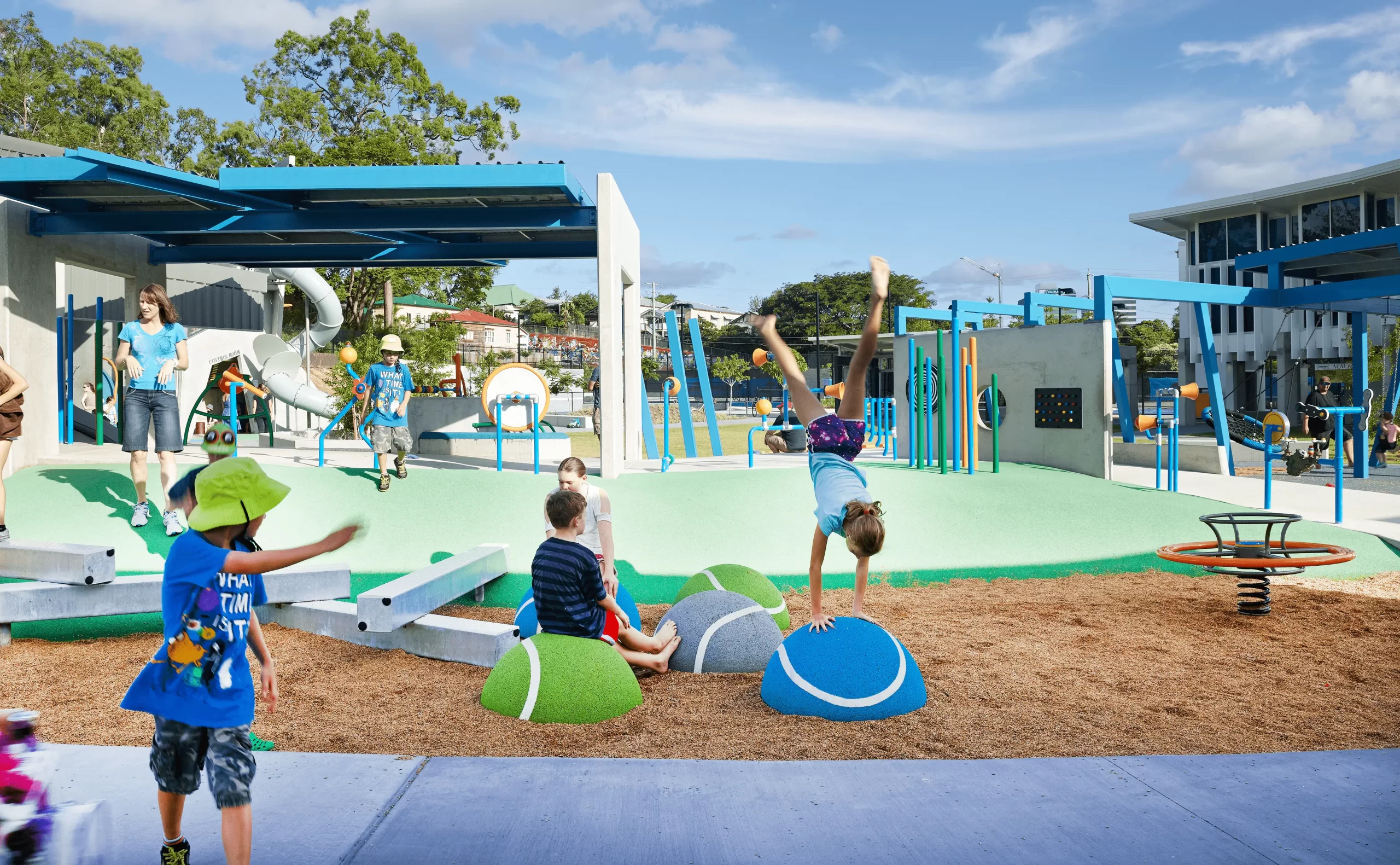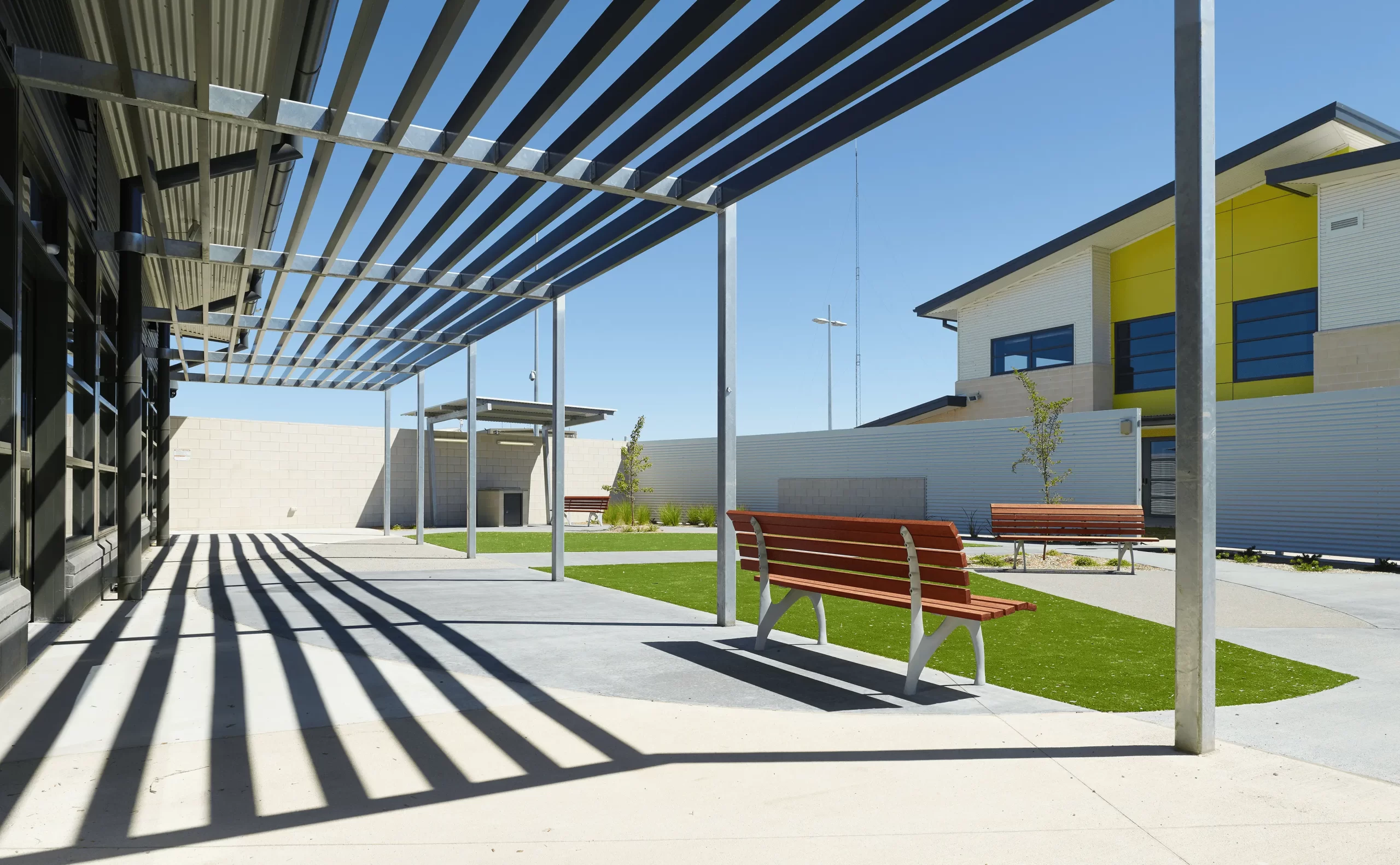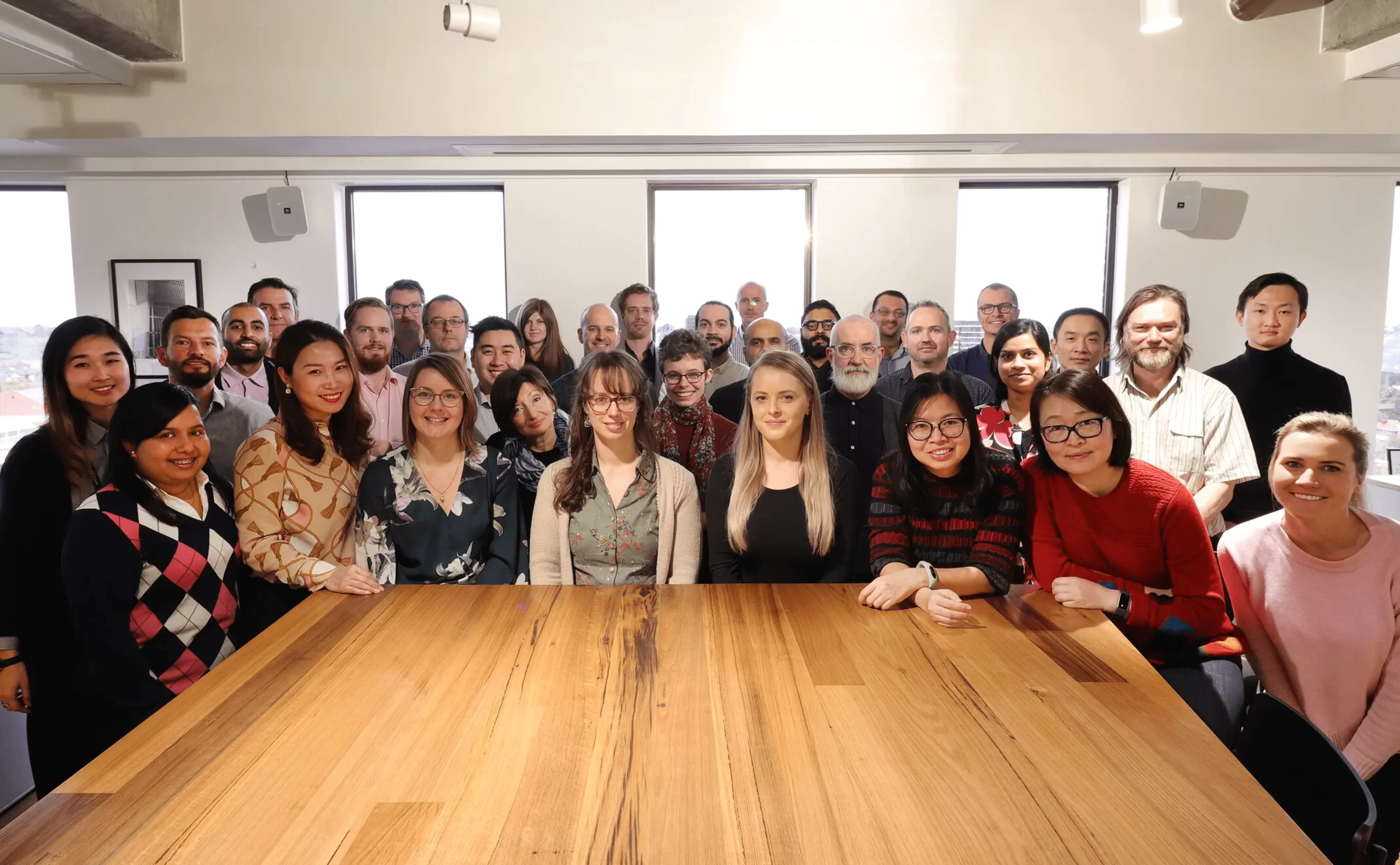
Forensic Mental Health Design: The Master Planning and Design of the Ravenhall Correctional Centre
With statistics from the National Mental Health Commission showing that prisoners are 2-3 times more likely to have mental illnesses and 10-15 times more likely to have a psychotic disorder, the Ravenhall Correctional Centre was a game-changer in the delivery of mental health services and prisoner rehabilitation.
The Ravenhall Correctional Centre, which opened in 2017, also included the design of the Ballerrt Yeram-boo-ee Centre, the largest prison-based mental health facility in Australia.
Due to the focus on rehabilitation, the Ravenhall Correctional Centre caught the interest of Dr. Elizabeth Grant CF, Associate Professor of Architecture and Urban Design at RMIT University.
Dr Grant’s paper, ‘RAVENHALL CORRECTIONAL CENTRE: THE MASTER PLANNING AND ARCHITECTURAL DESIGN OF A MULTIFACETED, PEOPLE-ORIENTED PRISON FOR MEN WITH COMPLEX PHYSICAL AND MENTAL HEALTH NEEDS IN VICTORIA, AUSTRALIA’ has since been published in the Advancing Corrections Journal: Edition #9-2020.
Guymer Bailey Architects Director, Kavan Applegate, lead designer on the Ravenhall Correctional Centre, had the privilege of assisting Dr Grant with her research.
Kavan, who has a passion for rehabilitative correctional design is acutely aware of the crucial role design plays in creating an environment that makes rehabilitation and treatment both possible and desirable.
In his words, “Our environment changes how we interact with others and how we view ourselves. The master planning of secure accommodation needs to create communities that are engaging, uplifting, and interactive, and communicate a sense of safety and security, so prisoners are more likely to engage in rehabilitation and education programs.”
You can download Dr Grant’s full paper on Ravenhall through Academia and find part of the Abstract below.
“People with mental health issues are vastly overrepresented in the Australian prison system. This paper discusses the master planning and design of Ravenhall Correctional Centre in Victoria, Australia to increase outcomes for male prisoners living with physical, mental health disability and other conditions.
Major innovations in the design of Ravenhall Correctional Centre have included a forensic mental health unit on site, and the master planning of the prison into separate communities with a variety of housing types to provide prisoners opportunities to experience various levels of self-care and greater autonomy. The prison was designed to increase feelings of wellness, to provide program and training spaces to service various groups, and to allow prisoners to experience greater levels of individual control.
The project is discussed through an architectural lens to allow readers to understand the complexities of master planning and designing a major people-oriented, multi-faceted prison with a forensic mental health unit within the perimeter. The paper notes that large scale prisons may be designed in a more therapeutic manner where accommodation, facilities and programs can provide prisoners opportunities to connect with external environments, engage in meaningful activities and retain a level of autonomy and individual control.”
Read the full paper here.

